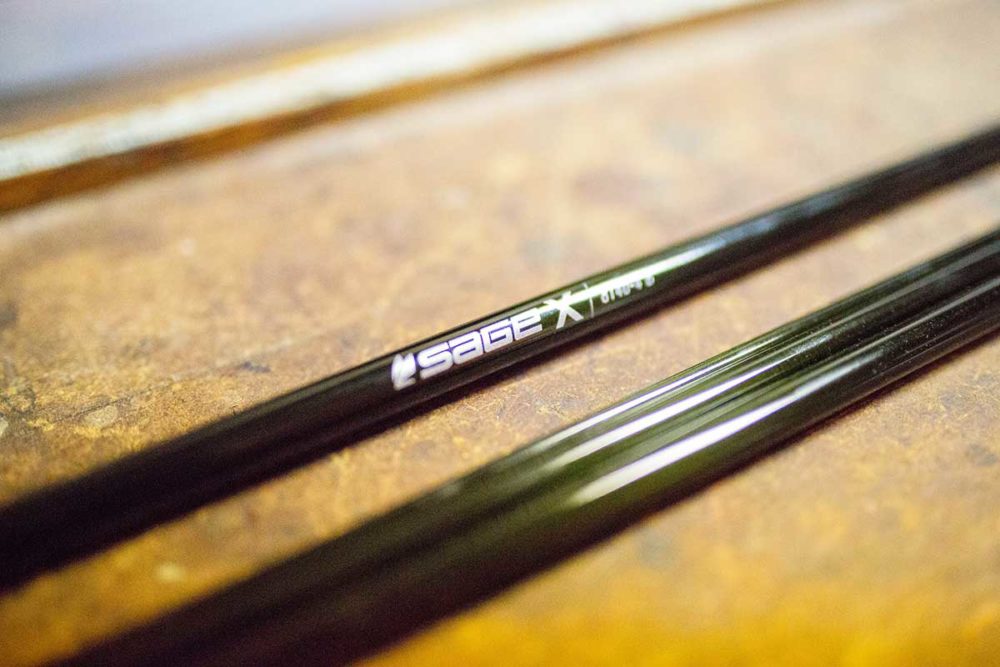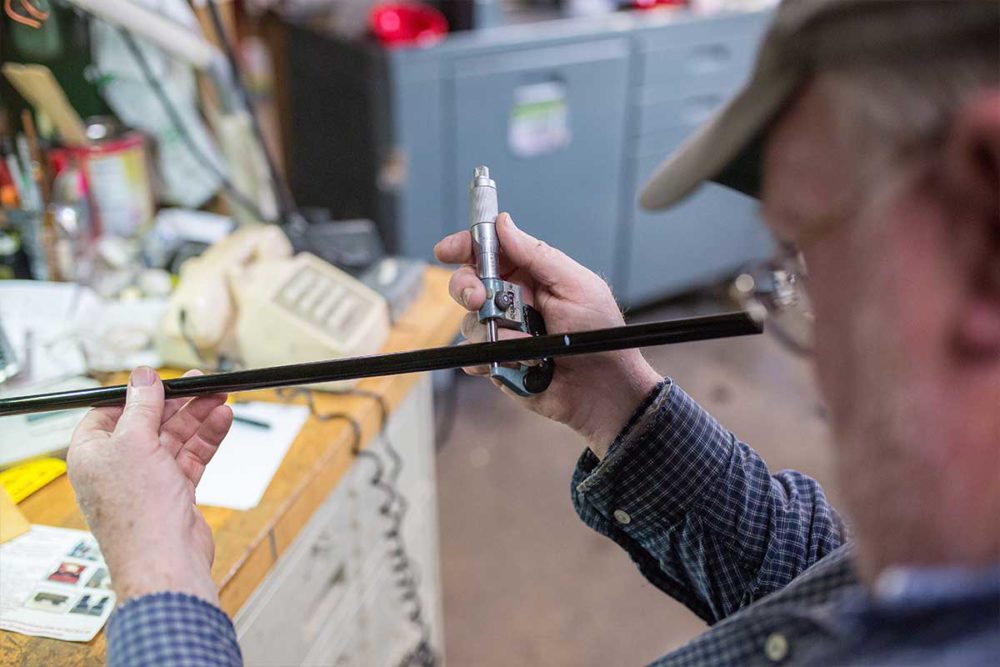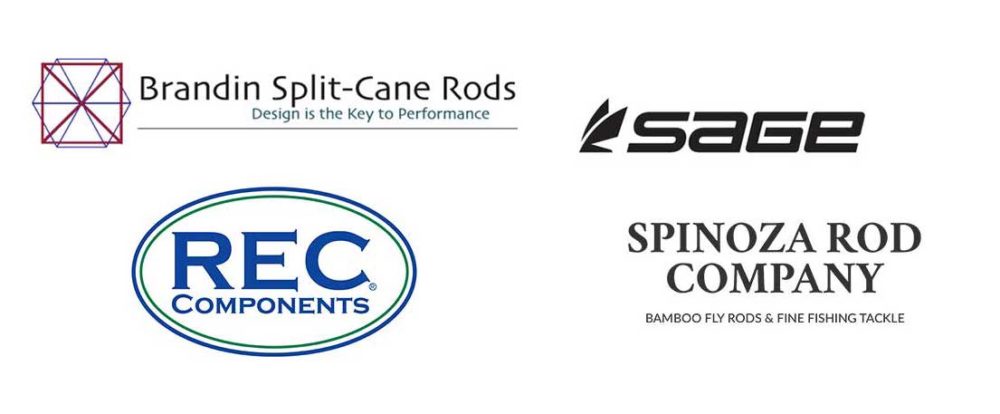
Have you ever tried to build a fly rod? You should try — there’s nothing like casting your own rod.
Have you ever built a fly rod? A graphite trout rod? A Spey rod? A bamboo rod?
My guess is most of you have not. My hope is that you will, someday, and that this series of articles might help you.
Why? One of the things I love about fly fishing is that it is part sport, part craft. Speaking with people in fly fishing reveals a wide spectrum: on the one hand, there are the young run-and-gun saltwater sports who run and sweat and punch the air like well-sunned collegiate athletes and, on the other, there are the slower moving aesthetes who don’t so much chase as seek out fish. On the the one side there is fast graphite, synthetic fibers, and UV wicking fabric, and on the other there is bamboo, silk, jungle cock, and enough tweed to fill a country club.
The most common aspect of the sport these two sides seem to share is fly tying. One may use Popovics while the other relies on McPhail, but no matter.
I have always wondered: why don’t more people build more things in fly fishing?
After all, I have fished with a few people who have done all of the following: they have built the rod, the reel, the line and the fly they are using.
Tell me another sport in which this is possible. Downhill skiing? You’d kill yourself. Even in cycling, where I have met some custom frame builders, people don’t built all of their componentry. It’s more akin to building an acoustic guitar, or another instrument. Is it coincidence that there are more than a few bamboo rod builders who roots in music, and more than few anglers who prefer a turntable? Ask Tom Skerritt.
This is one of the most wonderful parts about fly fishing: With enough time, talent and interest, you can do everything.
Why build a fly rod?
The reasons for building a fly rod are numerous.
Make the connection. Increase your pride. If you’ve ever caught a fish on a fly that you have yourself tied, you know the associated swelling in your chest. The pure sense of pride. The increased joy. The bragging rights. Now amplify that: To make the connection to the fish more complete with a rod you have fashioned makes the experience yet richer, the connection stronger.
Demystify the sport. Become a better consumer. Have you ever read a fly fishing catalog and glossed over at all of the superlatives about modularity, resins, and materials? Yeah, me too. Building a rod brings you closer to the materials, and helps makes you a better consumer in the long run. You know why certain decisions were made, and can make informed purchasing decisions in the future. You benefit, as does the whole sport when more people are asking more informed questions.
Cast better. I swear that spending time thinking about how to build a rod will force you to become a better caster. You still may not beat out Rajeff, but then none of us ever will…
A rich history. There is a rich history of rod making in this country. Learning about it is an important part of becoming a better informed angler, I think. For many, names like Garrison, Morgan, Brandin, Payne, and others evoke rich meaning in the history of our sport. They have a lot to teach us.
Because no one sets out to do anything half-assed. At the end, you take it out, use it, your friends admire it, and it’s just so. damned. cool. To paraphrase Gierach in A Fly Rod of Your Own, because you should do it with style, and no one sets out to do anything half-assed.
It’s like catching a fish on a fly you’ve tied — except 100 times more satisfying than that. It’s not quite 100x the work, but it’s immensely satisfying. You have ultimate control; you get to choose every part, shape every piece. There’s no compromising — what you end up with is a fully bespoke rod, one made by you, for you, and to your liking.
Rod building is for mere mortals, not just for bamboo masters
I’ve often heard people say some variant of: “I couldn’t possibly build a rod.”
“I’m not talented enough. I don’t have the tools. I just. don’t. know. how.”
Let’s agree right now to one thing, shall we? Anyone who could pass middle school shop class can make a fly rod. Anyone.
It might not one day be an item worthy of collecting into the American Museum of Fly Fishing’s permanent collection, but I will promise you this: It will be one of the coolest and most rewarding things you’ve done in this sport.
You can do it. Trust me.
How to get started building a fly rod?
Once you’ve decided you’re going to build a fly rod, you need to do a few things: choose the fly rod blank, buy some tools and components, and do some research.
For the purposes of this article, I chose to build a Spey rod from a Sage X blank. The advantages of this were that it’s a rod that I would use commonly, it filled a hole in my rod arsenal, and the rod blank was big enough in diameter that it gave my hands something to work with.
In the next article, I outline how to get started and provide a list of links of tools you’ll want to have handy.
Your Homework:
In the mean time, your first homework assignment is to do this: Start thinking about what kind of fly rod you would like to build. A Spey rod like mine? A smaller Switch rod? A trout rod? Striper rod? You’ll need to start there.

Making a list, and checking it thrice. Marc Aroner of Spinoza Rod Company dialing it in to as near perfect as I’ve ever seen.
A word of thanks: Before I write any of the further articles on this topic, I want to share a few words of thanks as I didn’t do this alone. First, my thanks to Kara and Sage for sending me a great blank to work with, and to Alan of REC Components for delivering all of the componentry for building the rod. Thanks to my friends at the Spinoza Rod Company for their expert help on the metal lathe, and to Per Brandin of Brandin Split-Cane Rods.


